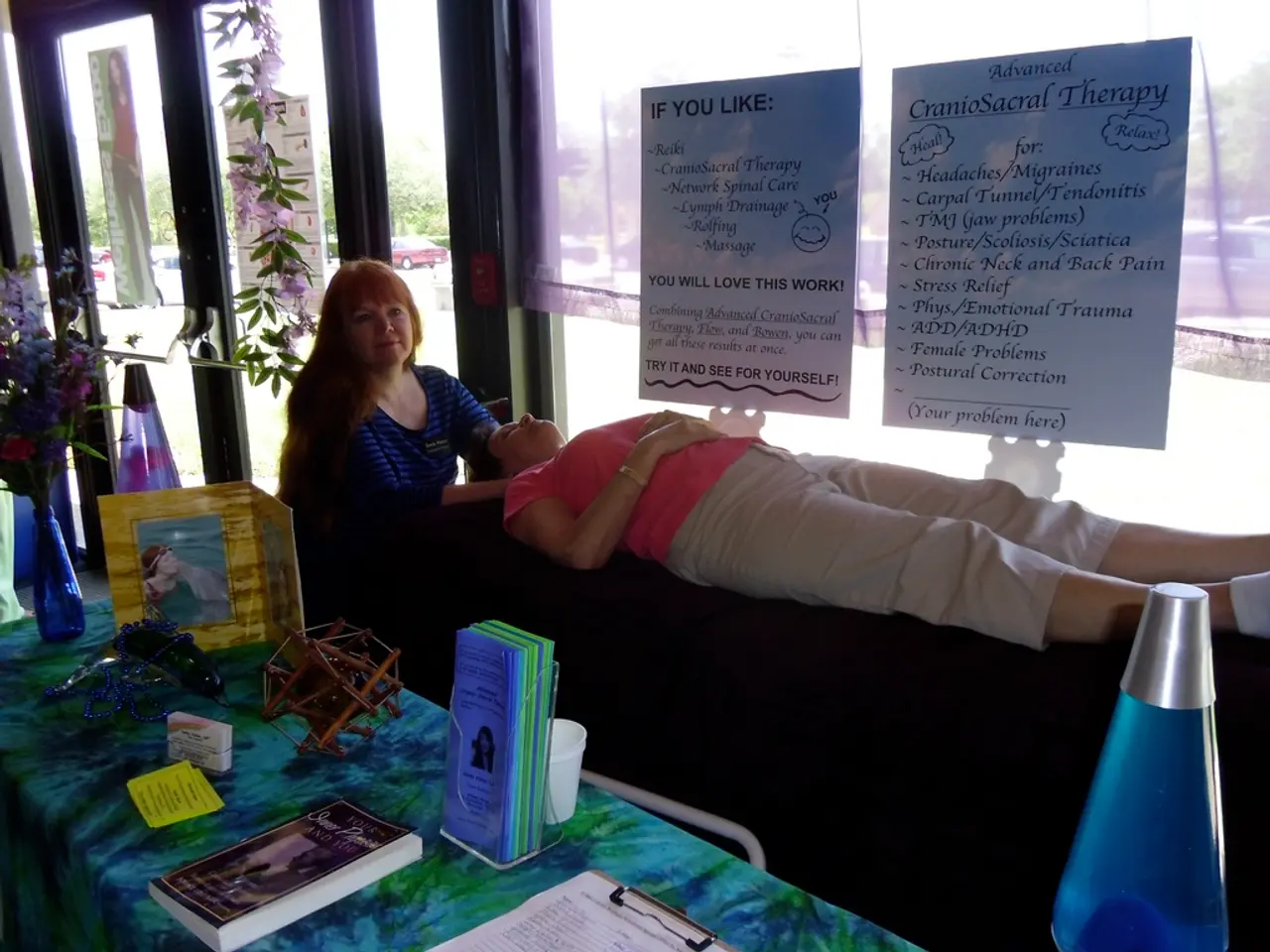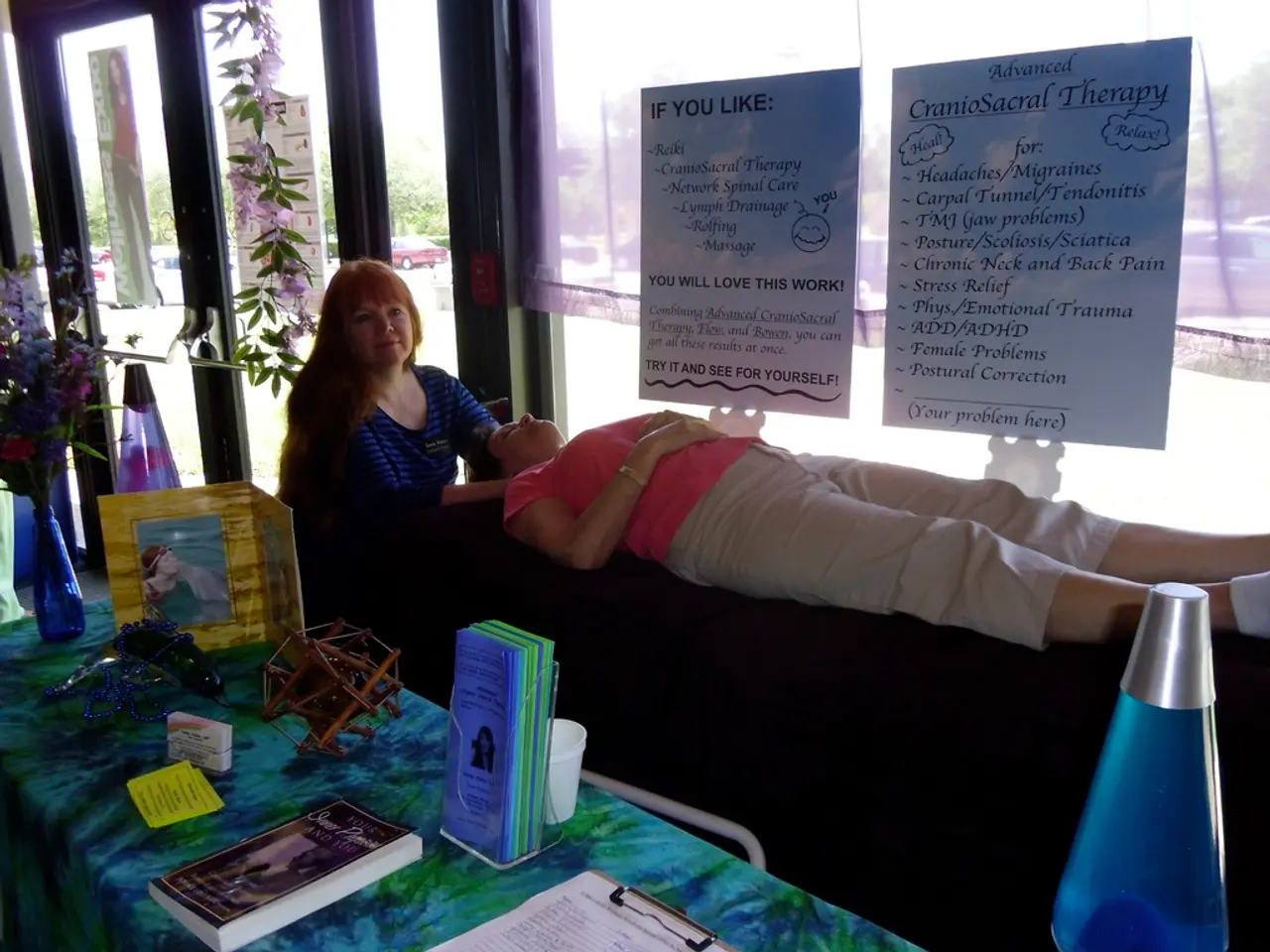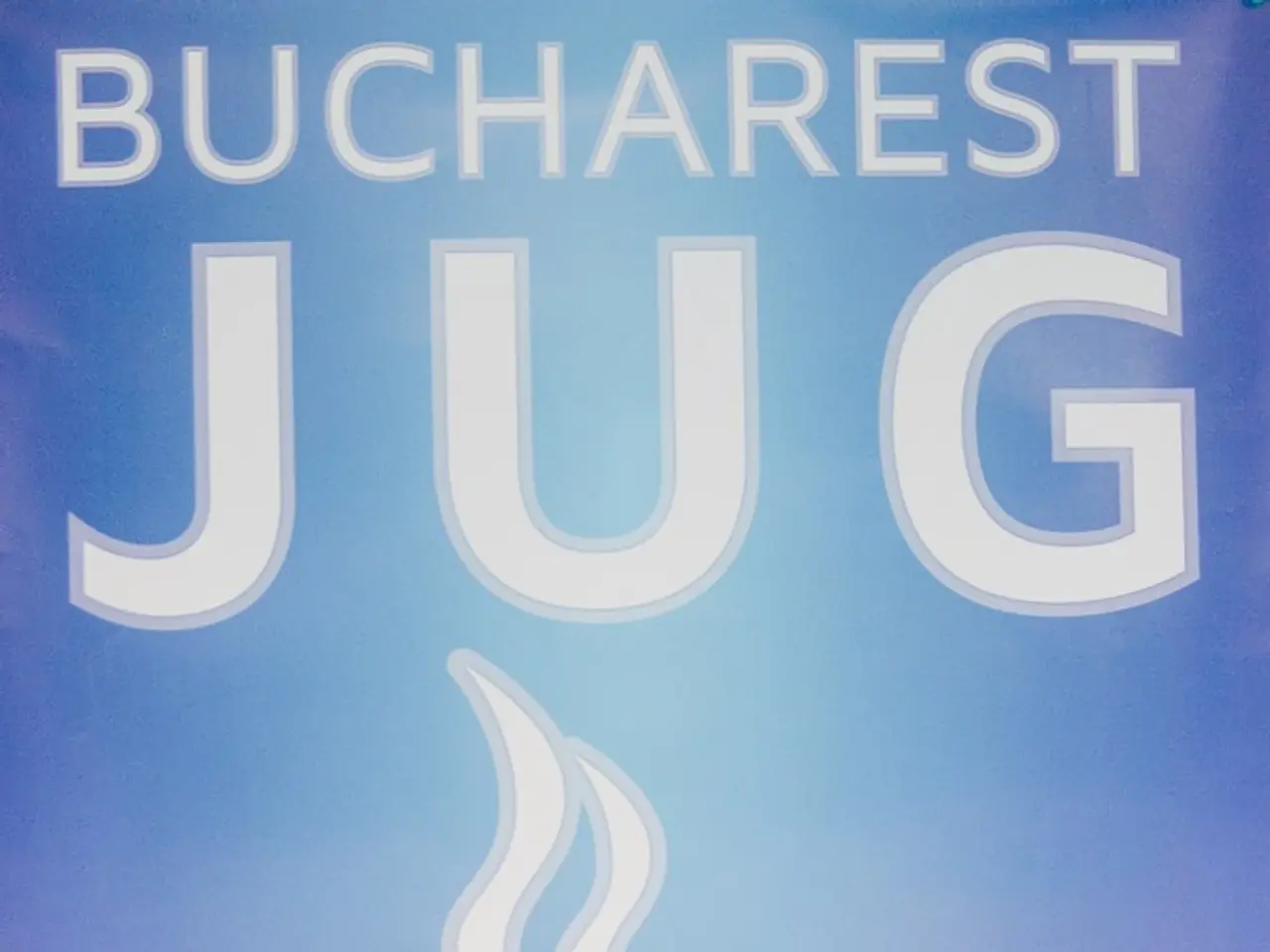Experience prolonged relaxation through the innovative massage method reshaping the industry
Myofascial release (MFR) is a manual therapy technique that focuses on relieving tension and restrictions in the fascia, the connective tissue surrounding muscles, bones, and other structures. This gentle, non-invasive form of massage has been around for about 50 years and has become increasingly popular due to its wide-ranging benefits.
Origins of Myofascial Release
The concept of myofascial pain and the therapy to address it originated in early descriptions found in German medical literature. Over time, the technique evolved into a specialized manual therapy aimed at stretching fascia and releasing bonds between fascia, skin, muscles, and bones to alleviate pain and enhance the body's balance. Although myofascial release developed distinctly from general massage styles such as Swedish massage, it is now integrated in various physical therapy and manual therapy practices.
The Benefits of Myofascial Release
Myofascial release offers numerous benefits, making it a valuable addition to any wellness routine.
Pain Relief
Effective at reducing musculoskeletal pain and stiffness, myofascial release helps to release fascial tension, providing much-needed relief for those experiencing discomfort.
Improved Range of Motion and Flexibility
Loosening restricted fascia allows joints and muscles to move more freely, leading to improved range of motion and flexibility.
Enhanced Mobility and Function
Myofascial release supports better overall movement and physical performance by addressing restrictions in the fascia, which can help improve posture and correct imbalances.
Muscle Tension Reduction
By breaking down adhesions (scar tissue) that limit movement and cause discomfort, myofascial release can help reduce muscle tension, leading to a more relaxed and comfortable body.
Postural Correction
Myofascial release helps realign muscles and fascia, correcting postural imbalances often contributing to chronic pain, especially back pain.
Nerve Decompression
By relaxing tight muscles and fascia, myofascial release can ease nerve compression and associated radiating pain.
The technique uses gentle, sustained pressure rather than deep or quick movements, which fascia resists. This patient approach results in the fascia "melting" and releasing tension, making the treatment generally not painful, though mild discomfort or soreness can occur during or after treatment.
DIY Myofascial Release and Complementary Practices
A simple DIY myofascial release can be done using a tennis ball, rolling it under the soles of your feet, ankles, calves, back, and shoulders in a backwards and forwards motion. Yin yoga, another practice that shares the principle of giving the body time and space to unwind, is also a great way to complement myofascial release, as it brings awareness through the tissues of the body, releasing tension layer by layer.
Finding a Practitioner Near You
To find a myofascial practitioner based near you, visit www.findatherapy.org/myofascial-release or www.treatwell.com. Self-care and relaxation don't have to be expensive; you can treat yourself to a spa weekend without spending a penny by incorporating DIY myofascial release techniques into your daily routine.
In conclusion, myofascial release is a well-regarded manual therapy approach with broad benefits for pain management, mobility, and functional improvement. By addressing restrictions in the fascia, myofascial release can help improve posture, reduce muscle tension, and increase flexibility and range of motion, making it an essential tool for maintaining a healthy, active lifestyle.
Crochet can be used to create comfortable and supportive items for health-and-wellness, such as ergonomic cushions for alleviating pressure points during Myofascial Release sessions.
Science is continually researching the various benefits of therapies-and-treatments, including Myofascial Release, in combination with fitness-and-exercise regimens, aiming to optimize overall health and wellbeing.




